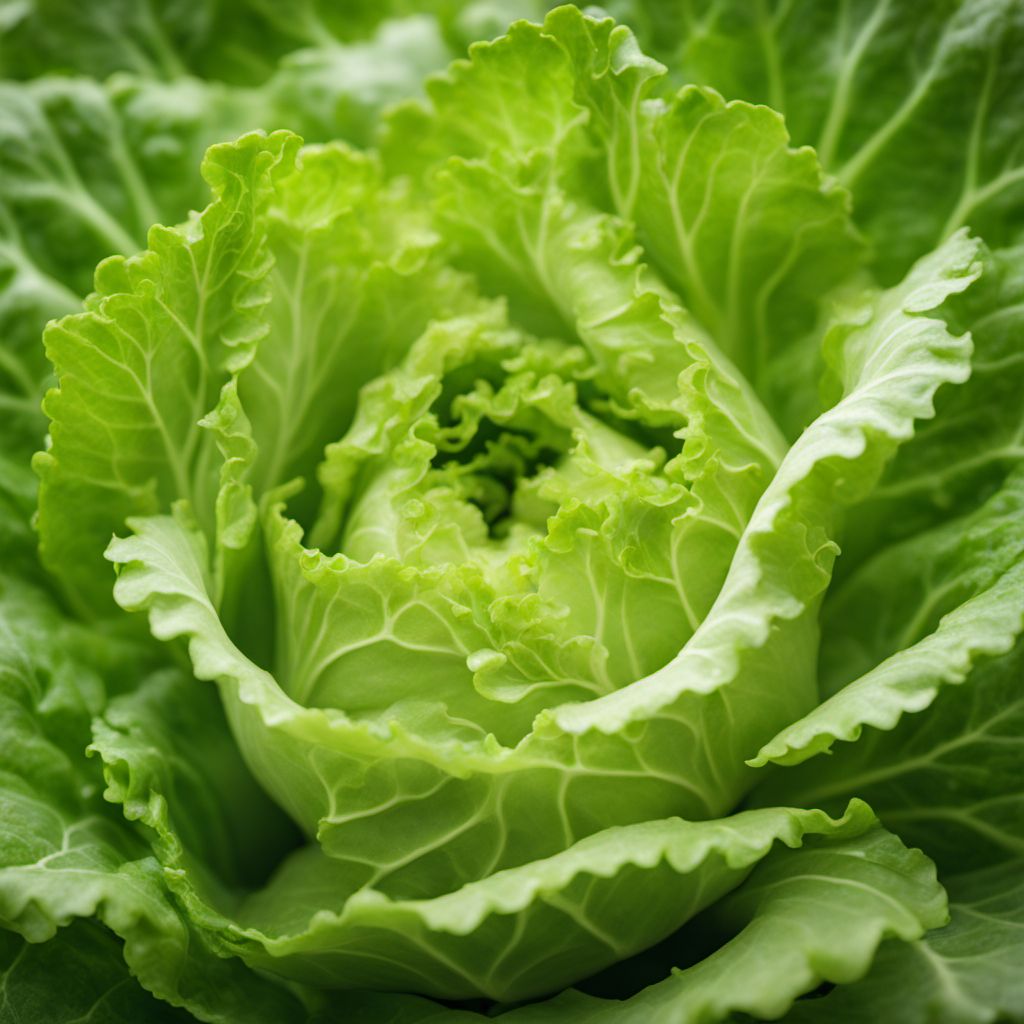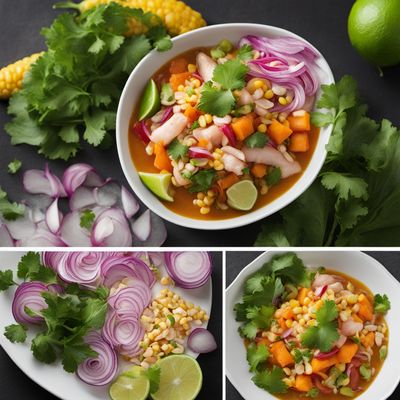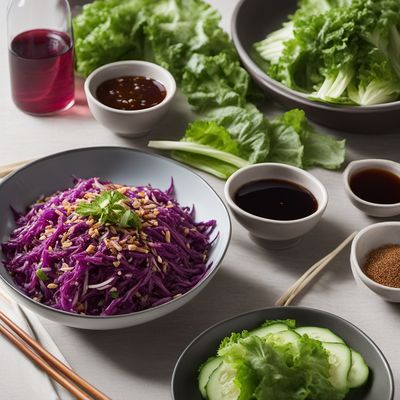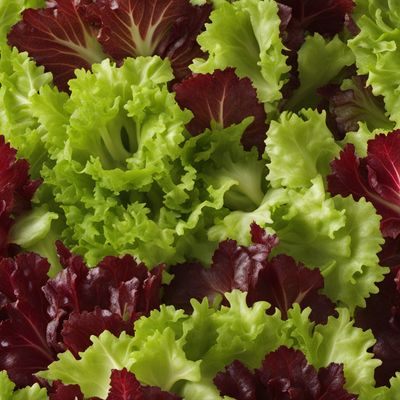
Ingredient
Lettuces (generic)
The Versatile World of Lettuces
Lettuces come in a wide range of varieties, from delicate butter lettuce to crisp romaine. They have a mild, slightly bitter taste and a tender yet crisp texture. Lettuces are known for their vibrant green color and leafy appearance, making them a visually appealing addition to any dish.
Origins and history
Lettuces have been cultivated for thousands of years and are believed to have originated in ancient Egypt. They were highly regarded by the ancient Greeks and Romans, who used them in various culinary preparations. Lettuces have since spread across the globe and are now grown in numerous countries.
Nutritional information
Lettuces are low in calories and rich in vitamins A and K. They also provide dietary fiber and small amounts of other essential nutrients.
Allergens
Lettuces are generally safe for consumption, but individuals with a known allergy to certain plants in the Asteraceae family, such as ragweed or daisies, may experience cross-reactivity and should exercise caution.
How to select
When selecting lettuces, look for crisp, vibrant leaves that are free from wilting or browning. Avoid lettuces with slimy or discolored patches. Opt for heads or bunches that feel heavy for their size, indicating freshness.
Storage recommendations
To maintain the freshness of lettuces, store them in a perforated plastic bag or airtight container in the refrigerator. Avoid washing until ready to use, as excess moisture can lead to spoilage. Use within a few days for the best quality.
How to produce
Lettuces can be easily grown in home gardens or containers. They thrive in cool weather and require well-drained soil and regular watering. Start from seeds or purchase young seedlings from a nursery.
Preparation tips
Lettuces can be enjoyed raw in salads, sandwiches, or wraps. They can also be lightly sautéed or braised for a more delicate flavor. Experiment with different lettuce varieties to add texture and color to your dishes.
Substitutions
Spinach or arugula can be used as substitutes for lettuces in salads or sandwiches, providing a similar leafy green base. However, their flavors may differ slightly.
Culinary uses
Lettuces are commonly used in salads, sandwiches, and wraps. They can also be used as a bed for grilled meats or seafood. Lettuces are versatile and can be incorporated into various cuisines, from classic Caesar salads to Asian-inspired lettuce wraps.
Availability
Lettuces are widely available in grocery stores, supermarkets, and farmers markets. They are cultivated in many countries, including the United States, France, Italy, and Spain.
More ingredients from this category
Recipes using Lettuces (generic) » Browse all

A Refreshing Twist: Mediterranean Summer Salad
Sun-Kissed Delight: A Vibrant Spanish Salad Bursting with Flavors

Peruvian Sierra Ceviche
Andean Delight: Peruvian Sierra Ceviche

Surinamese Spicy Burger
Fiery Surinamese Burger: A Fusion of Flavors

Classic Caesar Salad with a Latvian Twist
Riga Caesar Salad: A Delicious Fusion of American and Latvian Flavors

Crispy Nyembwe Chicken Burger
Savory Nyembwe Chicken Delight

Homemade Ramen Burger
Savory Fusion: Ramen Burger Delight

East Asian-inspired Pittsburgh Salad
Sesame-Ginger Pittsburgh Salad with Crispy Tofu

Sunnmørsbrød - Norwegian Open-Faced Sandwich
Nordic Delight: Sunnmørsbrød - A Scenic Journey of Flavors

St. Kitts and Nevis Style Spiced Meat Sandwich
Caribbean Spice Delight: St. Kitts and Nevis Spiced Meat Sandwich

Chadian-style Wine-Braised Chicken Salad
Savory Wine-Infused Chicken Delight

Refreshing Korean Vegetable Salad
Crisp and Colorful Saengchae: A Burst of Freshness

Palembang-style Spicy Fish Roll
Fiery Fish Delight: A Taste of Palembang in Every Bite



